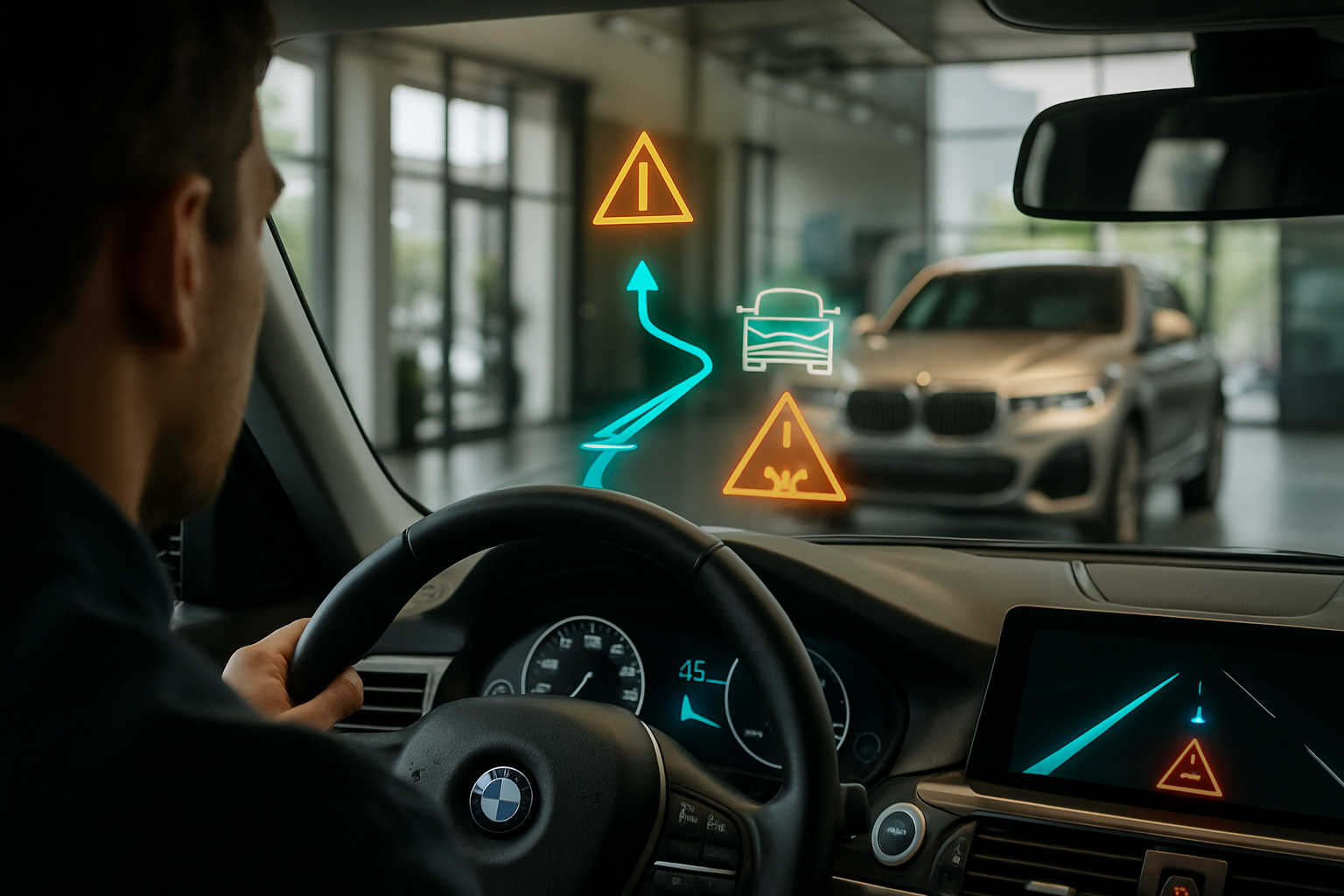"Steering into the Future: All About Drive-by-Wire Technology"
Introduction: Imagine a future where the physical connection between the driver and the car is eliminated. This is the reality with drive-by-wire technology, a groundbreaking innovation that's transforming the way we interact with our vehicles. But what exactly is drive-by-wire, and how is it reshaping the automotive industry? Let's delve into this fascinating subject.

A Glimpse into the Past: Mechanical Linkages to Electronic Interfaces
Before we dive into the world of drive-by-wire, it’s important to understand its predecessor - the conventional mechanical linkage system. For decades, vehicles relied on physical cables, rods, and linkages to operate key functions such as steering, braking, and throttle control. These systems, though effective, have inherent limitations, including weight, complexity, and maintenance requirements.
The advent of electronics in the automotive industry opened the door for a revolutionary new concept: drive-by-wire, also known as x-by-wire. This technology, inspired by the aviation industry’s use of fly-by-wire systems, eliminates the need for physical linkages, replacing them with electronic interfaces that transmit driver inputs to the car’s various systems.
The Drive-by-Wire Revolution: How it Works
Drive-by-wire technology encompasses several different systems, including steer-by-wire, brake-by-wire, and throttle-by-wire. Each of these systems operates on similar principles. When the driver makes an input—for instance, turning the steering wheel or pressing the brake pedal—sensors capture this action and convert it into electrical signals. These signals are then transmitted to actuators that execute the required function.
Current Trends and Applications in the Industry
As we move further into the 21st century, drive-by-wire technology is becoming increasingly prevalent. Numerous high-end vehicle manufacturers, including Infiniti and Audi, are incorporating drive-by-wire systems into their latest models. This technology is not just reserved for luxury cars, however. It is gradually trickling down to more affordable segments, signaling a significant shift in automotive design and engineering.
The Impact of Drive-by-Wire: Benefits and Challenges
The advantages of drive-by-wire are manifold. This technology enhances vehicle performance by reducing weight, improving response times, and enabling precise control. It also opens up new possibilities for vehicle design, as it eliminates the need for traditional components such as steering columns and brake pedals.
However, drive-by-wire also presents certain challenges. Safety is a paramount concern, as any failure in the electronic systems could have severe consequences. Manufacturers must also overcome consumer apprehension towards this radical shift in vehicle operation.
The Road Ahead: Drive-by-Wire’s Future Potential
Looking ahead, drive-by-wire technology offers immense potential. As autonomous driving technologies advance, drive-by-wire systems could play a pivotal role, enabling seamless communication between the vehicle and its electronic brain. Moreover, the flexibility of drive-by-wire opens up exciting possibilities for innovative vehicle designs and enhanced driver experiences.
In conclusion, drive-by-wire technology marks a significant step in the evolution of automotive engineering. As we steer into the future, this groundbreaking innovation is poised to redefine our relationship with our vehicles, turning what was once science fiction into everyday reality.




